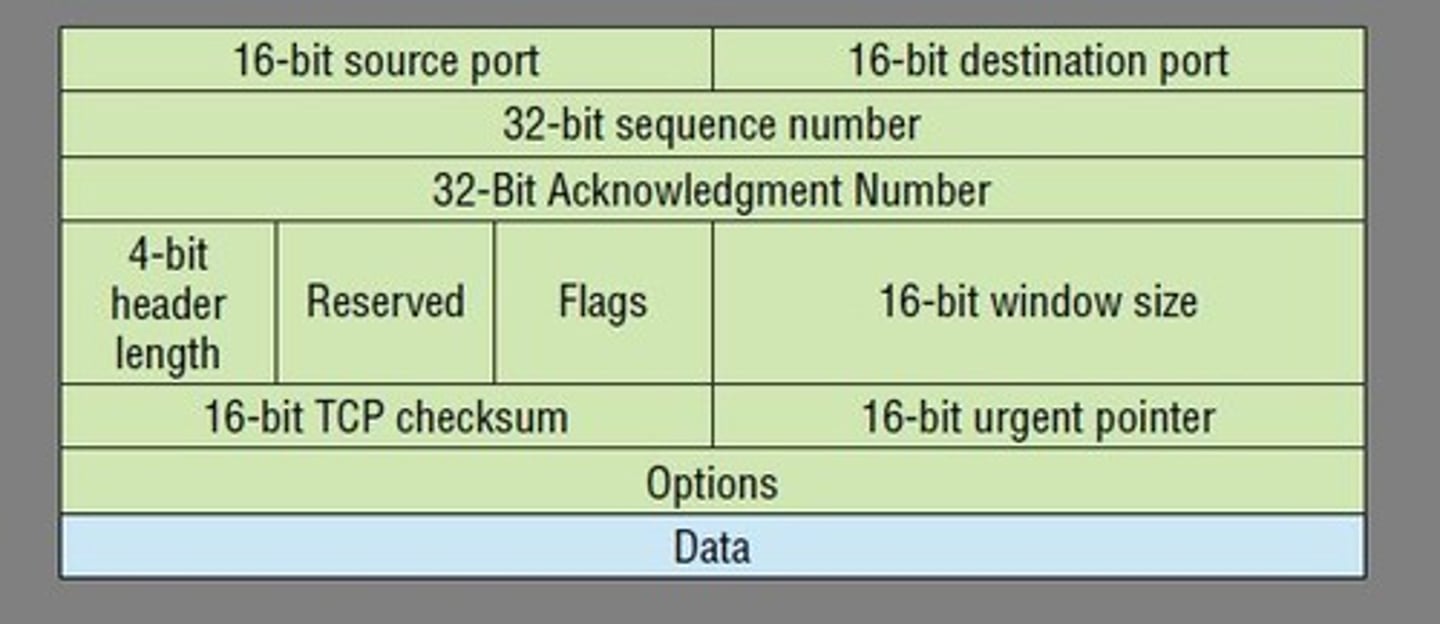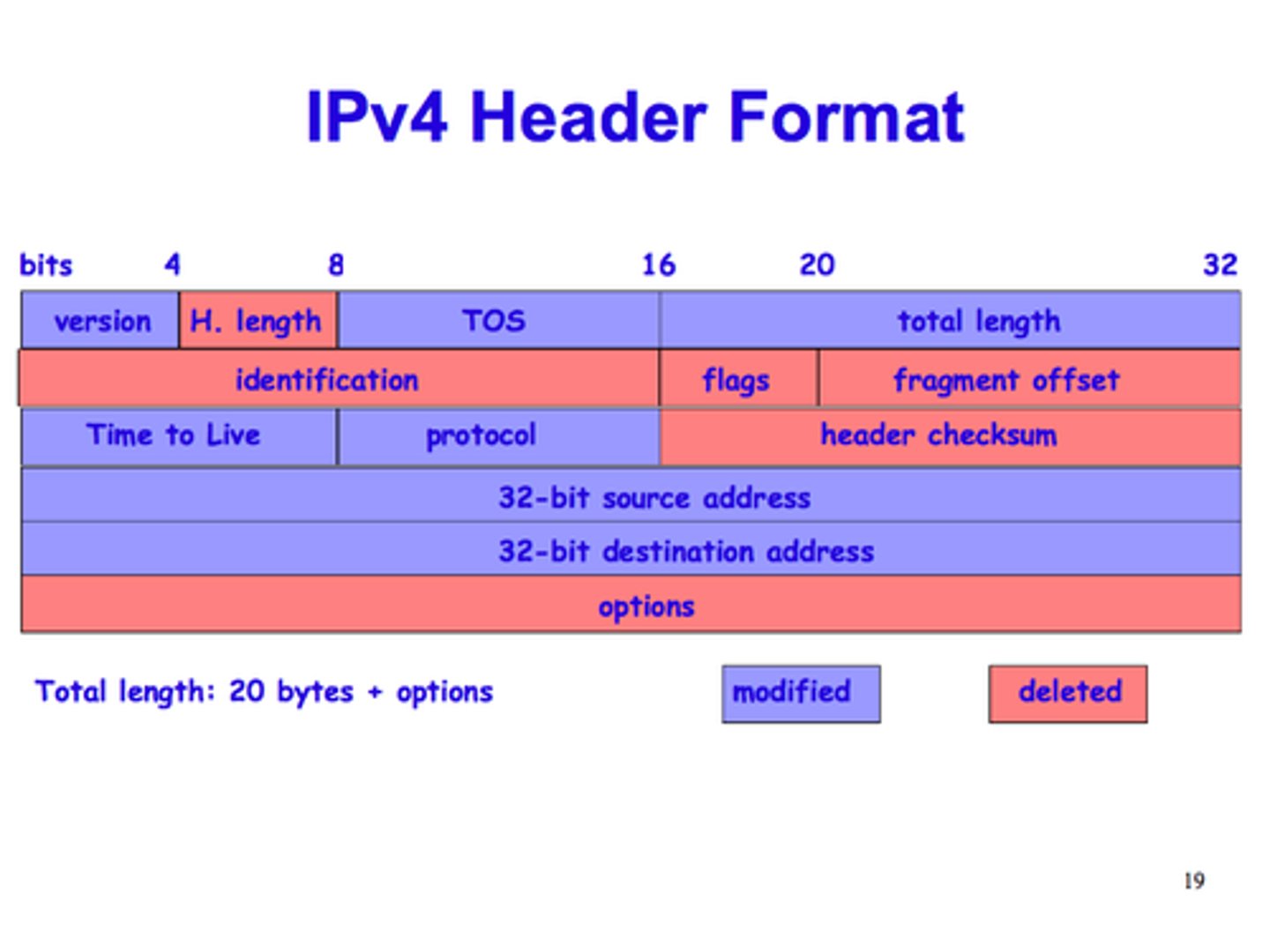CompTIA Network+ N10-008 (updated)
1/778
There's no tags or description
Looks like no tags are added yet.
Name | Mastery | Learn | Test | Matching | Spaced |
|---|
No study sessions yet.
779 Terms
Client
A device used by an end-user to access the network
Server
A device that provides resources to the rest of the network
Hub
Older technology that connects network devices together
Can lead to increased network errors
Wireless Access Point (WAP)
A device that allows wireless devices to connect to a wired network
Switch
A device that connects network devices together (like a next generation hub). Can learn which devices are connected to which ports.
Router
Connects two different networks together and forwards traffic to and from a network
Layer 3 device
Media
connects two devices or a device to a switch port
Wide Area Network (WAN) link
physically connects two geographically dispersed networks
Client/Server model
Uses a dedicated server to provide access to files, scanners, printers, and other resources
Administration and backup are easier
Client/Server benefits
1. centralized administration
2. easier management
3. better scalability
Client/Server Drawbacks
1. higher cost
2. requires specialized OS
3. Requires dedicated resources
Peer-to-peer model
Peers share resources (files/printers) directly with others
Peer-to-peer benefits
1. lower cost
2. no dedicated resources
3. no specialized OS
Peer-to-peer drawbacks
1. decentralized management
2. inefficient for large networks
3. poor scalability
Personal Area Network (PAN)
Smallest type of wired or wireless network and covers the least amount of area
Ex. Bluetooth, USB
Local Area Network (LAN)
Connects components within a limited distance
Up to a few hundred feet
Ex. Small office
IEEE 802.3
Ethernet
IEEE 802.11
Wi-Fi
Campus Area Network (CAN)
Connects LANs that are building-centric across a university, industrial park, or business park
Up to a few miles
Metropolitan Area Network (MAN)
Connects scattered locations across a city or metro area
up to about 25 miles
Wide Area Network (WAN)
Connects geographically disparate internal networks and consists of leased lines or VPNs
worldwide coverage
Physical
how devices are connected by media
Logical
how the actual network traffic flows
Bus Topology
Uses a single cable where each device taps into it by using either a vampire tap or a T-connector
Ring Topology
Uses a cable running in a circular loop where each device connects to the ring but data travels in a singular direction
Token Ring
Ring topology that uses an electronic token to prevent collisions when communicating on the network
"The talking stick"
FDDI
uses two counter-rotating rings for redundancy.
Ring = redundancy
Star topology
Most popular physical LAN topology where devices connect to a single point
if the central device fails, the entire network fails
Hub-and-Spoke Topology
Similar to Star but with WAN links instead of LAN connections and it is used for connecting multiple sites
Full-Mesh Topology
Optimal routing is always available as every node connects to every other node
Partial-Mesh Topology
Hybrid of the full-mesh and the hub-and-spoke topologies
provides optimal routes between some sites
Infrastructure Mode
Uses a wireless access point as a centralized point and supports wireless security controls
Ad Hoc Mode
Decentralized wireless network which creates P2P connections and does not require a router or access point
Wireless Mesh Topology
Interconnection of different types of nodes, devices, or radios
802.11
Wireless networks that can operate in infrastructure or ad hoc modes
Bluetooth
Low energy use variant of Bluetooth which allows for a mesh network
Radio Frequency Identification (RFID)
Uses electromagnetic fields to read data stored in embedded tags
Near Field Communication (NFC)
Enables two devices to communicate within a 4-cm range
Infrared (IR)
operates with line of sight
Z-Wave
provides short-range, low-latency data transfer with slower rates and less power consumption than Wi-Fi
used for home automation commonly
ANT+
collection and transfer of sensory data
ANT+ = sensors
Physical Layer
Where transmission of bits across the network occurs and includes physical and electrical network characteristics
Time Division Multiplexing (TDM)
Each session takes a turn, using time slots, to share the medium between all users
Statistical Time Division Multiplexing (STDM)
Dynamically allocates the time slots on an as-needed basis
Frequency Division Multiplexing (FDM)
Divides the medium into channels based on frequencies and each session is transmitted over a different channel
Multiplexing
simultaneous use of a baseband connection
Physical Layer Devices
1) Cables (media)
2) Bluetooth, Wi-Fi
3) Hubs, APs, Media Converters
Data Link Layer
Packages data into frames and transmits those frames on the network
Media Access Control (MAC)
Physical addressing system of a device which operates on a logical topology
Uses a 48-bit hexadecimal address assigned to a network interface card (NIC)
Logical Link Control (LLC)
Provides connection services and allows acknowledgement of receipt of messages. Limits the amount of data that a sender can send at once to prevent the receiver from overloaded
The most basic form of flow control.
Provides basic error control functions using a checksum
Isochronous mode
Network devices use a common reference clock source and create time slots for transmission
Synchronous mode
Network devices agree
Asynchronous mode
Network devices reference their own internal clocks and use start/stop bits
Data Link Layer Devices
NIC, Bridge, Switch
Network Layer
Forwards traffic (routing) with logical address
Packet switching
data is divided into packets and then forwarded
Circuit Switching
Dedicated communication link is established between two devices
Message Switching
Data is divided into messages which may be stored and then forwarded
Route Discovery and Selection
Manually configured as a static route or dynamically through a routing protocol
Connection Services
Augment Layer 2 connection services to improve reliability
Internet Control Message Protocol (ICMP)
Sends error messages and operational information to an IP destination. Used to communicate information about network connectivity issues back to the sender
Layer 3 Devices
Routers, Layer 3 switches (multilayer switch)
Transport Layer
responsible for providing communication with the application by acknowledging and sequencing the packets to and from the application
Transmission Control Protocol (TCP)
Connection-oriented protocol that is a reliable way to transport segments across the network
User Datagram Protocol (UDP)
Connectionless protocol that is an unreliable way to transport segments across the network
TCP attributes
- Reliable
- Connection-oriented
- Segment retransmission and flow control through windowing
- Segment sequencing
- Acknowledges segments
UDP attributes
- Unreliable
- Connectionless
- No windowing or retransmission
- No sequencing
- No acknowledgement
Windowing
allows the clients to adjust the amount of data in each segment
Buffering
Occurs when devices allocate memory to store segments if bandwidth isn't readily available
Layer 4 Protocol and Devices
TCP, UDP
WAN accelerators
Firewalls
Session Layer
Keeps conversations separate to prevent intermingling of data
Set Up Session
Checking of user credentials and assigning numbers to sessions to help identify them
Tear Down Session
Ending of a session after the transfer is done or when the other party disconnects
Session Layer Protocols
H.323, NetBIOS, RTP
H.323
Used to setup, maintain, and tear down a voice/video connection
NetBIOS
Used to share files over a network
Presentation Layer
Formats the data to be exchanged and secures that data with proper encryption
Data Formatting
Data is formatted by the computer to have compatibility between different devices
Encryption
Used to scramble the data in transit to keep it secure from prying eyes and provide data confidentiality
Presentation Layer Examples
Scripting languages, standard text, pictures, movie files, encryption algorithms
Application Layer
Provides application-level services where users communicate with the computer
Application Services
Unites communicating components from more than one network application
Service Advertisement
Sending out announcements to other devices on the network to state the services they offer
Application Layer Protocols
POP3, IMAP, SMTP, HTTP, HTTPS, DNS, FTP, FTPS, SFTP, Telnet, SSH,
Encapsulation
The process of putting headers (and sometimes trailers) around some data
Protocol Data Unit (PDU)
A single unit of information transmitted in a computer network
TCP Header
20 bytes

SYN (synchronization)
Used to synchronize connection during the three-way handshake
ACK (acknowledgment)
Used during the three-way handshake, but also used to acknowledge the successful receipt of packets
FIN (Finished)
Used to tear down the virtual connections created using the three-way handshake and the SYN flag.
RST (Reset)
Used when a client or server receives a packet that it was not expecting during the current connection
PSH (Push)
Used to ensure data is given priority and is processed at the sending or receiving ends
URG (Urgent)
Similar to PSH and identifies incoming data as urgent
UDP Header
8 bytes

IP Header

Ethernet Header

Segment
Source and destination ports
Packet
Source and destination IP addresses
Frame
Source and destination MAC addresses
Bits
transmitting layer 2 frames as a series of 1's and 0's